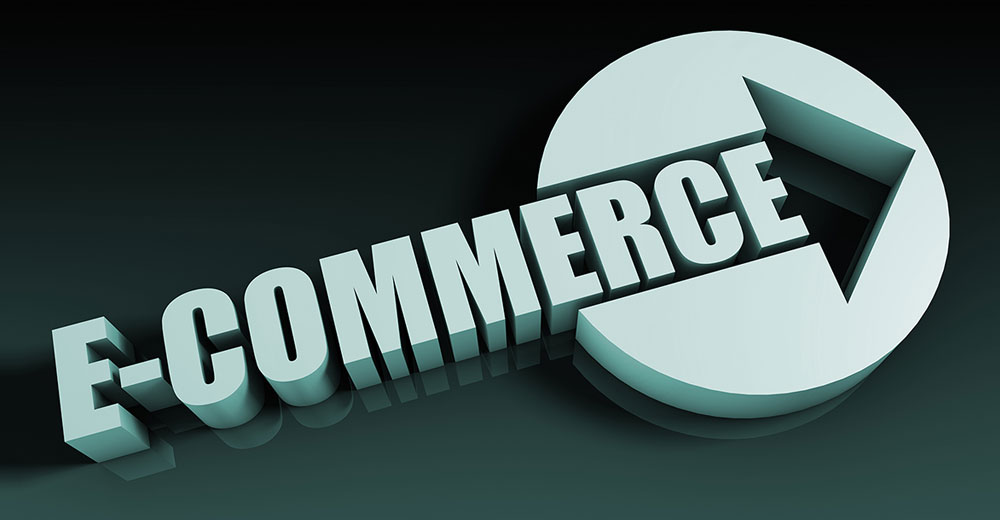On what CEO Jeff Bezos likely hoped was the first day of the rest of a long and prosperous online life, Amazon.com (Nasdaq: AMZN) on Tuesday showed the world how important a penny can be.
That is the per-share net profit that resulted from Amazon’s fourth-quarter earnings of US$5 million.
Amazon’s achievement has been a long time coming, and it is as symbolic as it is fiscally encouraging.
Why One Cent Matters
In the midst of what soft-peddling economists still refer to as an “economic downturn” and what others flatly define as a recession, Amazon’s fourth-quarter performance means a lot.
First of all, it means that Bezos’ “if we build it, they will come” philosophy might be more than just words.
In addition, it further confirms to the investment community the viability of online merchandising. If a company that has taken as many risks and giant leaps as Amazon has over the years can emerge profitable, skeptics are apt to at least start paying more attention to the online business model.
But, above all, Amazon’s victory represents a new-economy validation of the free enterprise system.
In a word — it works.
Economic Irony
Ironically, on the same day Amazon was popping champagne corks (the good stuff, we presume), one of the nation’s traditional retail giants hit the skids.
Kmart, the third-largest discount retailer in the United States, announced it filed for Chapter 11 bankruptcy protection. As with Amazon, Kmart’s move is as symbolic to consumers as it is financially meaningful.
Although Kmart execs kept relatively mum after the announcement, consumers from coast to coast have voiced their dissatisfaction with everything from the company’s lackluster customer service to its less-than-dynamic merchandising and outdated product lines.
Dangerous Comfort Zones
Did Kmart get too comfortable with its own longevity? Possibly.
Is Amazon smart enough to realize the importance of never getting too comfortable with its own achievements? Definitely.
It will be most interesting to watch Bezos & Co. strive to maintain their corporate strength in the months to come.
Never one to rest on his laurels, Smiling Jeff immediately unveiled plans to boost book discounts in the future and to extend Amazon’s holiday offer of free shipping permanently to all orders of more than $99.
The free shipping offer is clear evidence that Amazon is tuned in to consumer demand. Shipping costs have long been a concern of online shoppers, and free shipping has been shown to bring in new customers.
Flickering BlueLight
Meanwhile, Kmart’s once-promising e-commerce arm, BlueLight.com, is in no position to offer free shipping or free anything else. What once was a staff of 220 is down to about 40 people, who have moved to smaller, less expensive headquarters.
Recently, the once-independent company was brought back under the umbrella of Kmart, which is now struggling for survival.
Will BlueLight.com find itself in the dot-com graveyard?
No one knows for sure, but the financial condition of its parent company likely will make it tough for BlueLight.com to compete.
The Big Picture
While Amazon and Kmart are both giants in their respective arenas, this week’s developments do not necessarily signal the imminent dominance of online selling over brick-and-mortar commerce.
Instead, the lesson to be learned is simply that a combination of stellar customer service, innovation that commands consumer attention, and cost savings for shoppers equals profitability.
Somehow, Kmart forgot the importance of the basics. Amazon has never wavered from its commitment to what consumers want.
The result? One very significant penny.
What do you think?
Let’s talk about it.




























































Social Media
See all Social Media